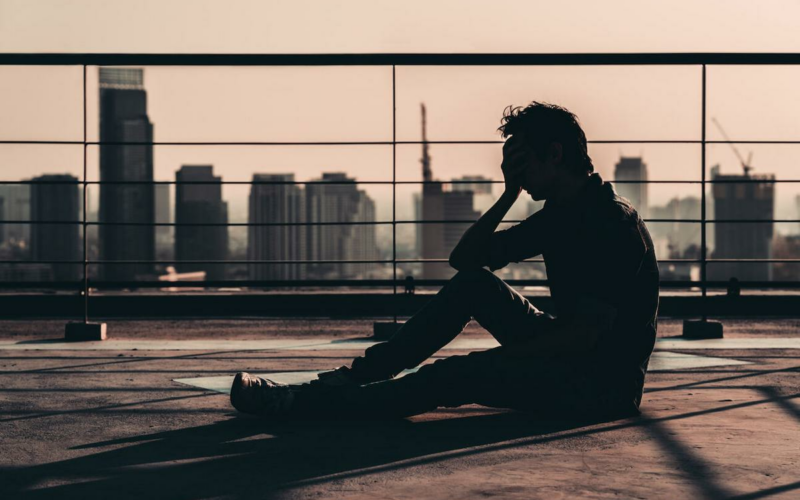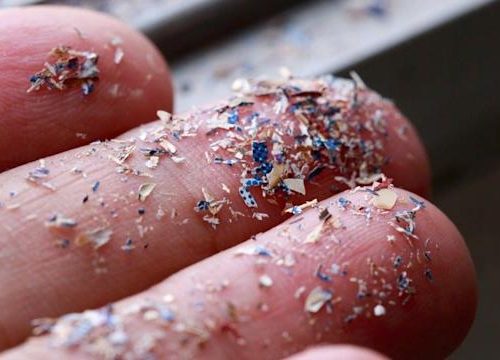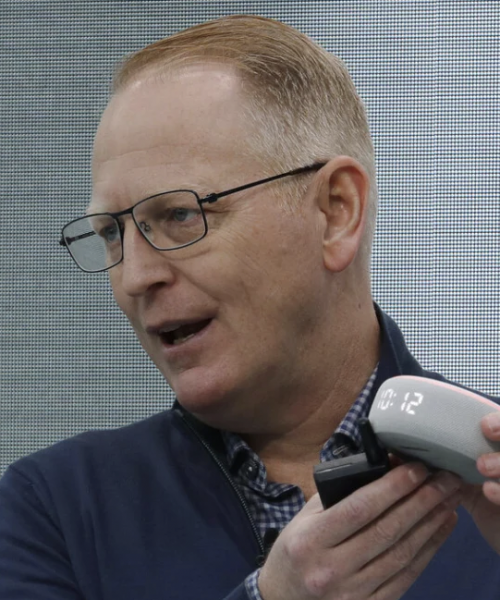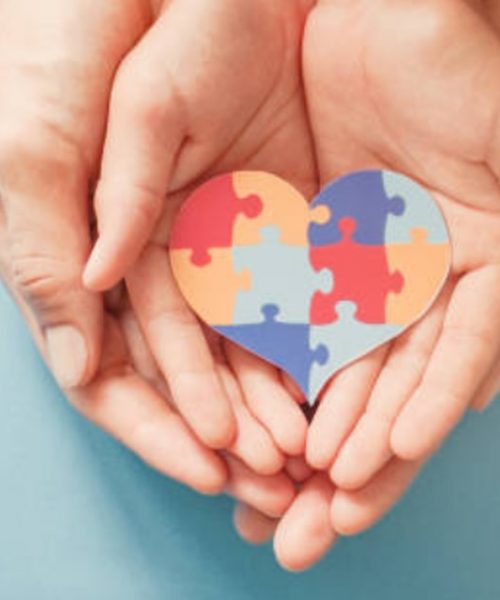By Laurel Kelly, Mayo Clinic News Network
Troy Warren for CNT #Health
Seasonal affective disorder is a type of depression related to changes in seasons. Millions of adults in the U.S. may suffer from seasonal affective disorder, although many may not know they have the condition, according to the National Institute of Mental Health.
Seasonal affective disorder is diagnosed more often in women than men, and it occurs more frequently in younger adults than in older adults. Seasonal affective disorder is more common among people who live far north or south of the equator, perhaps due to decreased sunlight during the winter and longer days during the summer. Other factors that may increase your risk of seasonal affective disorder include a family history of blood relatives with the disorder, or a personal history of major depression or bipolar disorder.
For most people with seasonal affective disorder, symptoms appear during late fall or early winter, and they go away during the sunnier days of spring and summer. Less commonly, people with the opposite pattern have symptoms that begin in spring or summer. In either case, symptoms may start out mild and become more severe as the season progresses.
Signs and symptoms of seasonal affective disorder can include:
- Feeling depressed most of the day, nearly every day.
- Losing interest in activities you once enjoyed.
- Having problems with sleeping.
- Having difficulty concentrating.
- Feeling sluggish or agitated.
Symptoms specific to fall and winter seasonal affective disorder can include:
- Oversleeping.
- Appetite changes, especially a craving for foods high in carbohydrates.
- Weight gain.
- Tiredness or low energy.
Symptoms specific to spring and summer seasonal affective disorder can include:
- Insomnia.
- Poor appetite.
- Weight loss.
- Agitation or anxiety.
Because other types of depression or other mental health conditions can cause similar symptoms, it can be difficult to diagnose seasonal affective disorder. Treatment for seasonal affective disorder can include light therapy, medications and psychotherapy.
In Other NEWS



































